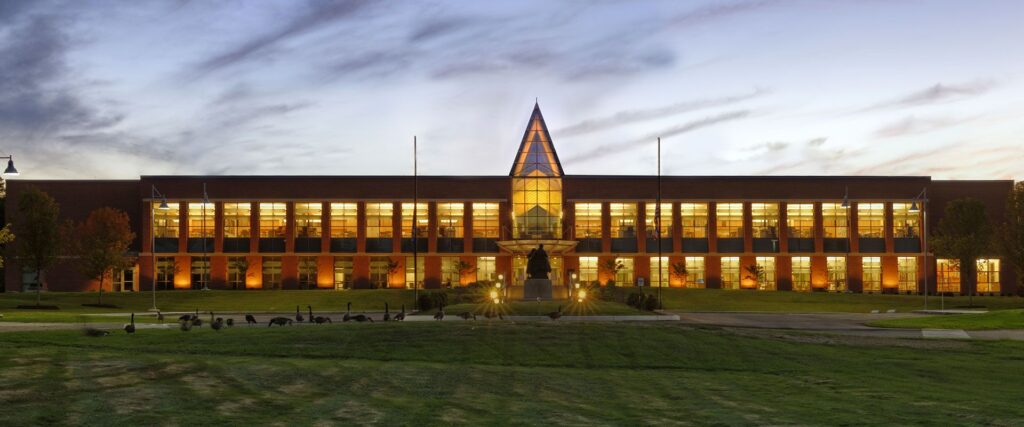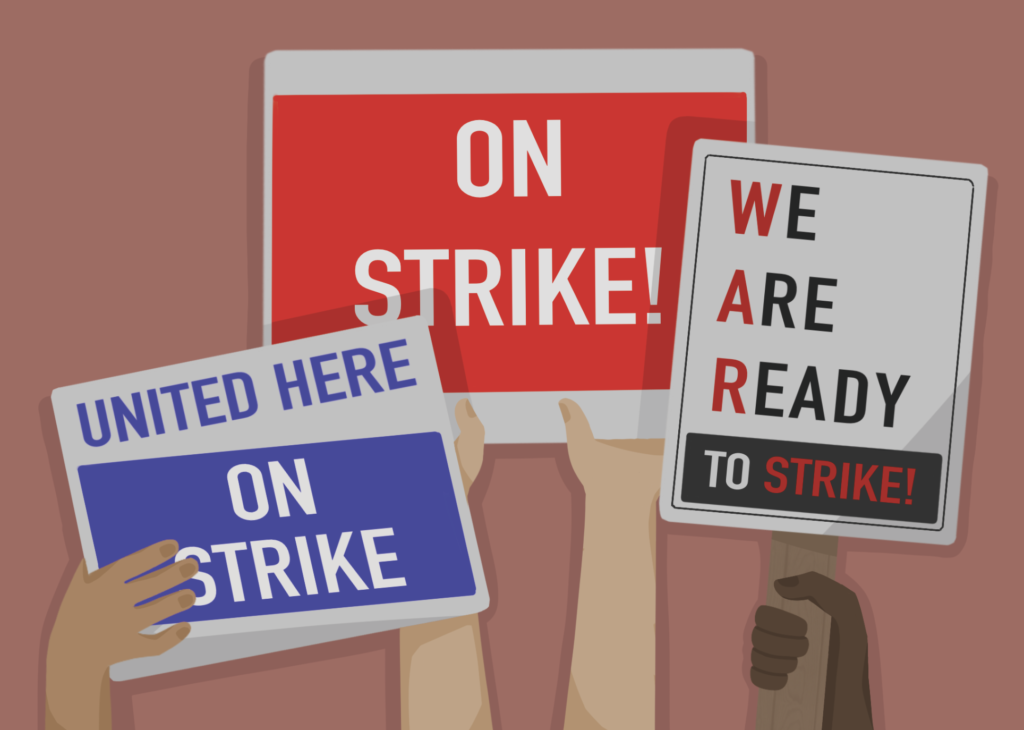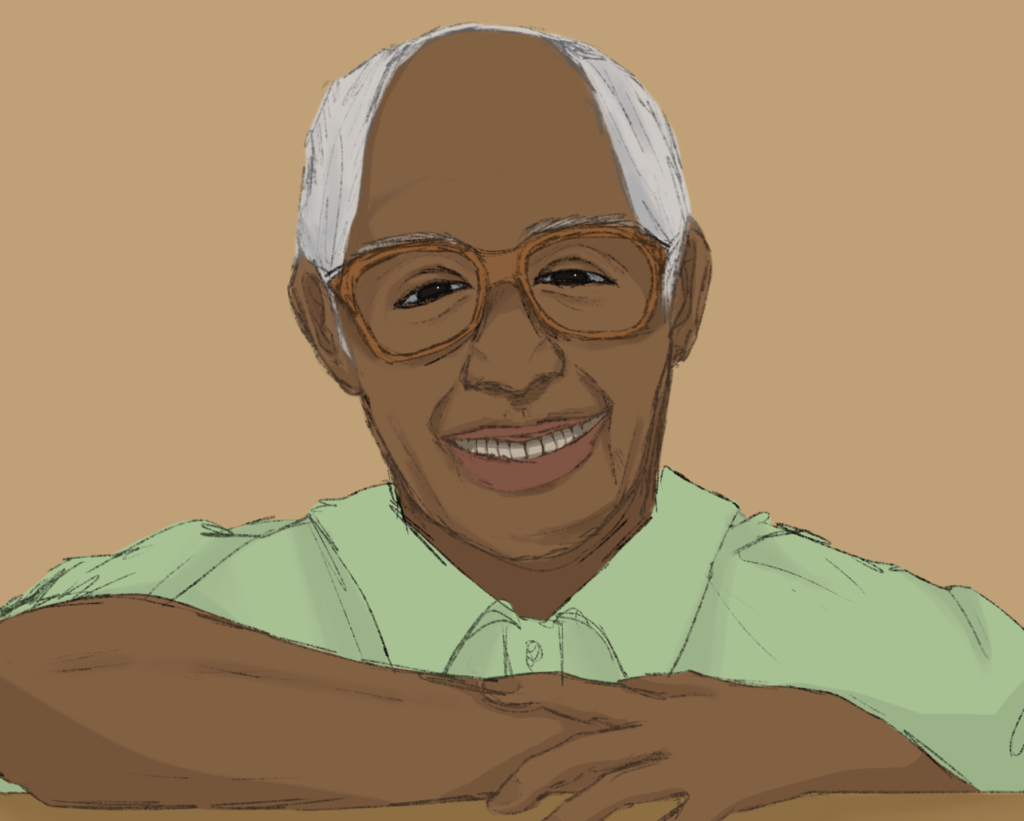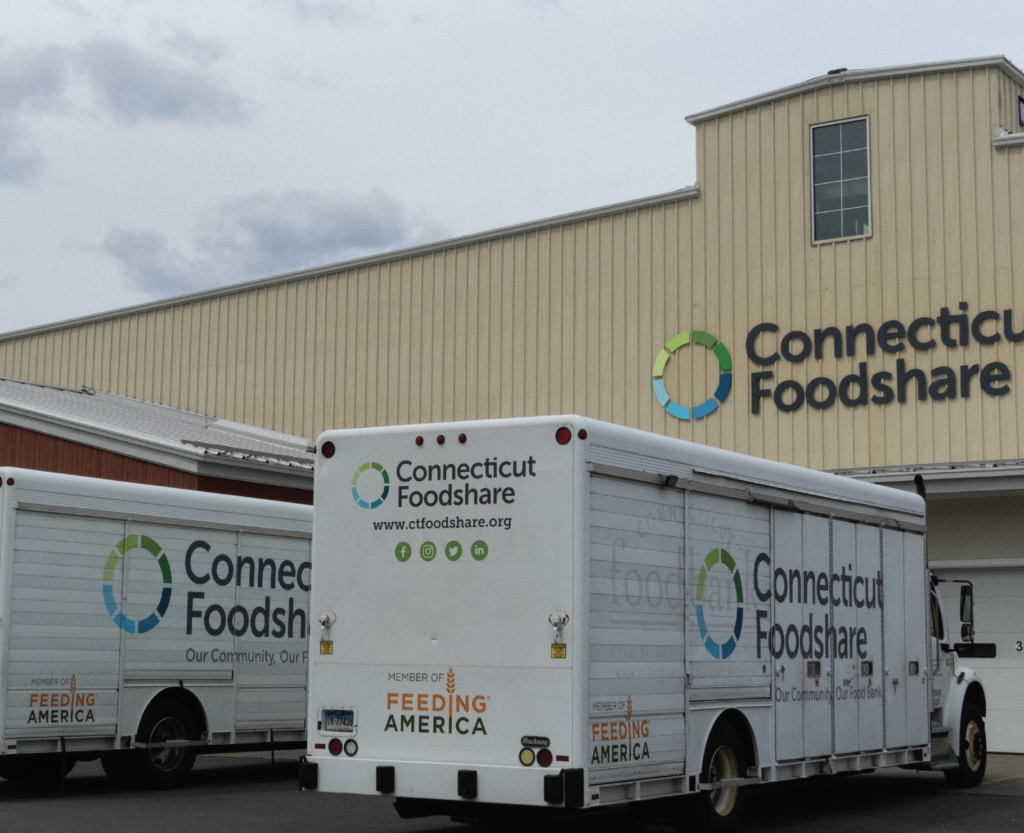
Photo Courtesy of the American School for the Deaf
Connecticut has a long and historic connection to its Deaf and hard of hearing residents. Deaf History Month, an annual celebration observed between March 13 and April 15, originated in West Hartford, Connecticut. The Deaf health organization SignHealth describes people who are Deaf — with a capital “D” — as those who are prelingually deaf and therefore more fluent in sign language than a spoken language. Deaf people are distinct from deaf people, a term that refers to those who are severely hard of hearing but know a spoken language as their first language.
There are three key dates that tie Deaf History Month together. On April 15, 1817, the American School for the Deaf (ASD), the first public school for the Deaf, was founded in West Hartford. Gallaudet University, the world’s first university committed to higher education for Deaf and hard of hearing students, was established on April 8, 1864, in Washington, D.C. Nearly 100 years later, on March 13, 1988, Dr. I. King Jordan was elected as the university’s first Deaf president, following the Deaf President Now! Movement. Other important times in Deaf history are 1997, when the first National Deaf History Month was proposed by the National Association of the Deaf, and 2006 when the month was codified by the American Library Association.
At ASD, students and faculty never hold back on the festivities for their Founders’ Day on April 15. “Normally, the students put on a play and dress up in period clothing,” said Ms. Jean Linderman, the curator of the school’s museum, Cogswell Heritage House. The play illustrates the founding of the school including its founders — Mason Cogswell, Thomas H. Gallaudet, and Laurent Clerc. ASD students also make a procession across campus and lay wreaths in front of statues of the founder, but this part of the event was held indoors this year due to rain.
Despite the challenges that organizers faced in preparation for Founders’ Day — since Covid restrictions limited the extent of the festivities — the school still planned a fun-filled day of activities for students. In their gymnasium, Ms. Linderman displayed multiple artifacts depicting aspects of student life at ASD from over a century ago, such as academics, vocations, recreations, and sports. Students could interact with old toys made by former students at the campus woodshop, shoulder pads from football games, and schedules of a typical school day from 1850. “All learning at ASD is quite visual, so the artifacts were of interest to [the students],” Ms. Linderman said.
“It wasn’t just the founders that established this language of the hands, but a whole life and opportunity for Deaf students,” Ms. Linderman explained. She also highlighted how the school makes Deaf History Month individually meaningful for its students. “We talk through Deaf history in the broad sense of Deaf History Month with the three individuals we celebrate as our founders, and then we personalized it to the American School for the Deaf.”
To bridge the gap between Deaf and hearing communities, Ms. Linderman recommends that hearing individuals learn sign language. “It’s like you went to a foreign country and you didn’t speak their language, but you heard someone speaking English,” Ms. Linderman said. “It’s musical, it’s familiar, and I think the effort to increase familiarity so that we have more in common than not would be remarkable.”
At Mystic & Noank Library, in Mystic, Mr. Erik Caswell, the Adult Services Librarian and Community Program Coordinator, organized an American Sign Language (ASL) Basic Class. The program, run by Signing Basics, was free for attendees and ran once a week during Deaf History Month.
Both of the instructors are deaf, so the class was muted for the entirety of the course. “I think it works really well in the Zoom format,” Mr. Caswell said. “The instructors would use a combination of the chat feature and hold up cue cards to guide people through the course.” Together with 20 participants of varying levels of experience, the group learned introductory signs, grammar, and syntax of ASL.
“My favorite part of the program was interacting with new people using signs, and all being students of something new together,” said Ms. Amanda Hergott, who participated in the ASL Basics class. “I also learned the differences between, Deaf, hard of hearing, and hearing impaired. I find it helpful so that I am using the correct term so that I can be respectful to those with these differences.”
The extremely popular class had a waitlist of 50 people and will run again over the summer. After this program, Mr. Caswell realized that “a lot of the ASL books we have are pretty dated and a lot of them focused more on just signing and not necessarily some of the other pieces about Deaf history and Deaf culture.” Mr. Caswell took this opportunity to update the library’s books about deafness and to work on hiring an interpreter for the Deaf and hard of hearing who may want to participate in community events.




